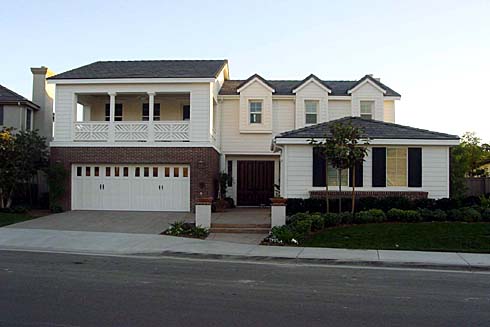BLIGHTED AREA
Understanding Blighted Areas in Real Estate: Impact and Revitalization Efforts
Defining Blighted Areas
Blighted areas refer to locations within a community that exhibit signs of physical deterioration, disinvestment, and neglect. These areas often feature abandoned or rundown properties, high crime rates, and limited economic opportunities. The presence of blighted areas can have far-reaching implications for both residents and the broader community, impacting property values, public safety, and the overall quality of life.
Impact on Communities
Economic Decline
Blighted areas can contribute to economic decline within a community, deterring potential investors, and businesses. The presence of vacant and deteriorating properties can diminish property values in surrounding areas, leading to disinvestment and a lack of economic growth.
Public Health and Safety Concerns
The deteriorating infrastructure and lack of maintenance in blighted areas can pose significant public health and safety concerns. These areas may become breeding grounds for crime, drug activity, and pose environmental hazards, impacting the well-being of residents and creating an atmosphere of insecurity.
Social and Psychological Effects
Residents living in or near blighted areas may experience heightened stress, decreased sense of community pride, and limited access to essential services and resources. The social and psychological effects of blight can contribute to a cycle of disengagement and apathy within the community.
Residents living in or near blighted areas may experience heightened stress, decreased sense of community pride, and limited access to essential services and resources. The social and psychological effects of blight can contribute to a cycle of disengagement and apathy within the community.
Revitalization Efforts
Urban Renewal Projects
Many local governments and urban development agencies have implemented urban renewal projects aimed at transforming blighted areas into vibrant, sustainable communities. These efforts often involve strategic redevelopment plans, infrastructure improvements, and incentives to attract private investment in blighted neighborhoods.
Community-Led Initiatives
Community-led revitalization efforts play a pivotal role in reclaiming blighted areas. Residents, non-profit organizations, and grassroots initiatives often collaborate to rehabilitate properties, create green spaces, and foster a sense of community ownership, thereby revitalizing blighted areas from within.
Mixed-Use Development
Introducing mixed-use developments, encompassing residential, commercial, and recreational spaces, has proven to be an effective strategy in revitalizing blighted areas. These developments can catalyze economic growth, create job opportunities, and enhance the overall livability of the area.
Conclusion
Blighted areas pose multifaceted challenges that require comprehensive and collaborative solutions. By understanding the impact of blight on communities and exploring effective revitalization efforts, stakeholders can work towards transforming blighted areas into thriving, inclusive neighborhoods. Through innovative urban planning, community engagement, and targeted investments, blighted areas can be revitalized, ultimately fostering sustainable growth and improving the overall well-being of residents.
MORE REAL ESTATE TERMS
A, B, C, D, E, F, G, H, I, J, K, L, M, N, O, P, Q, R, S, T, U, V, W, X, Y, Z
Featured New Home

Featured Mortgage Brokers
- BANK OF AMERICA NA CHARLOTTE, FOREST HILLS, NY
10510 QUEENS BLVD STE 2
FOREST HILLS, NY 11375 - PROSPECT MORTGAGE LLC, NORTH CHESTERFIELD, VA
7401 BEAUFONT SPRINGS DR STE 2
NORTH CHESTERFIELD, VA 23225 - PRIMELENDING A PLAINSCAPITAL COMPANY, INDIANAPOLIS, IN
50 E 91ST ST STE 300
INDIANAPOLIS, IN 46240 - BANK OF ENGLAND, OLD SAYBROOK, CT
44 POND RD
OLD SAYBROOK, CT 6475 - EVERETT FINANCIAL INC, ORANGE BEACH, AL
25910 CANAL RD STE N
ORANGE BEACH, AL 36561